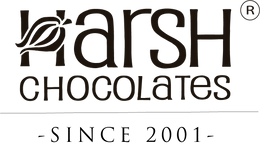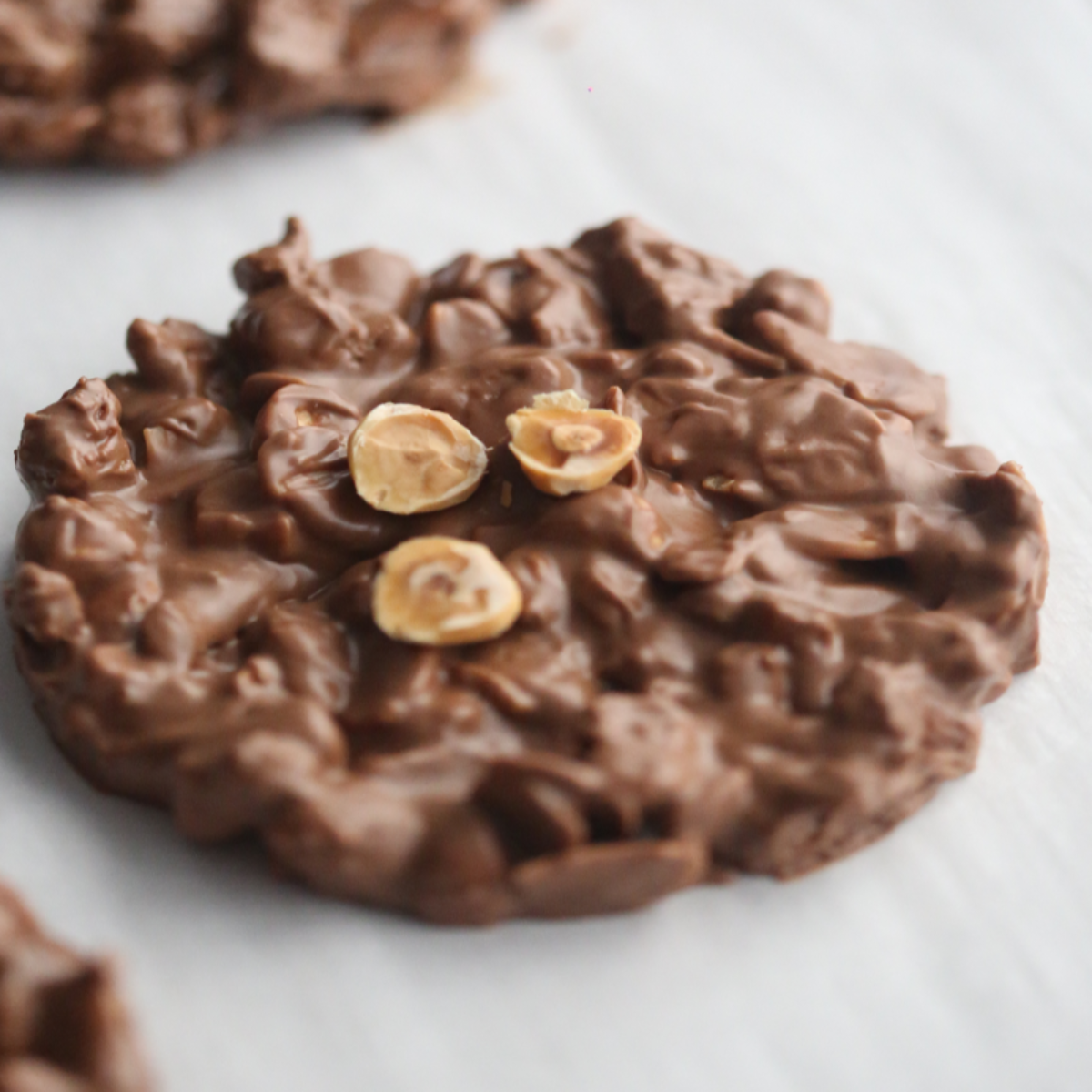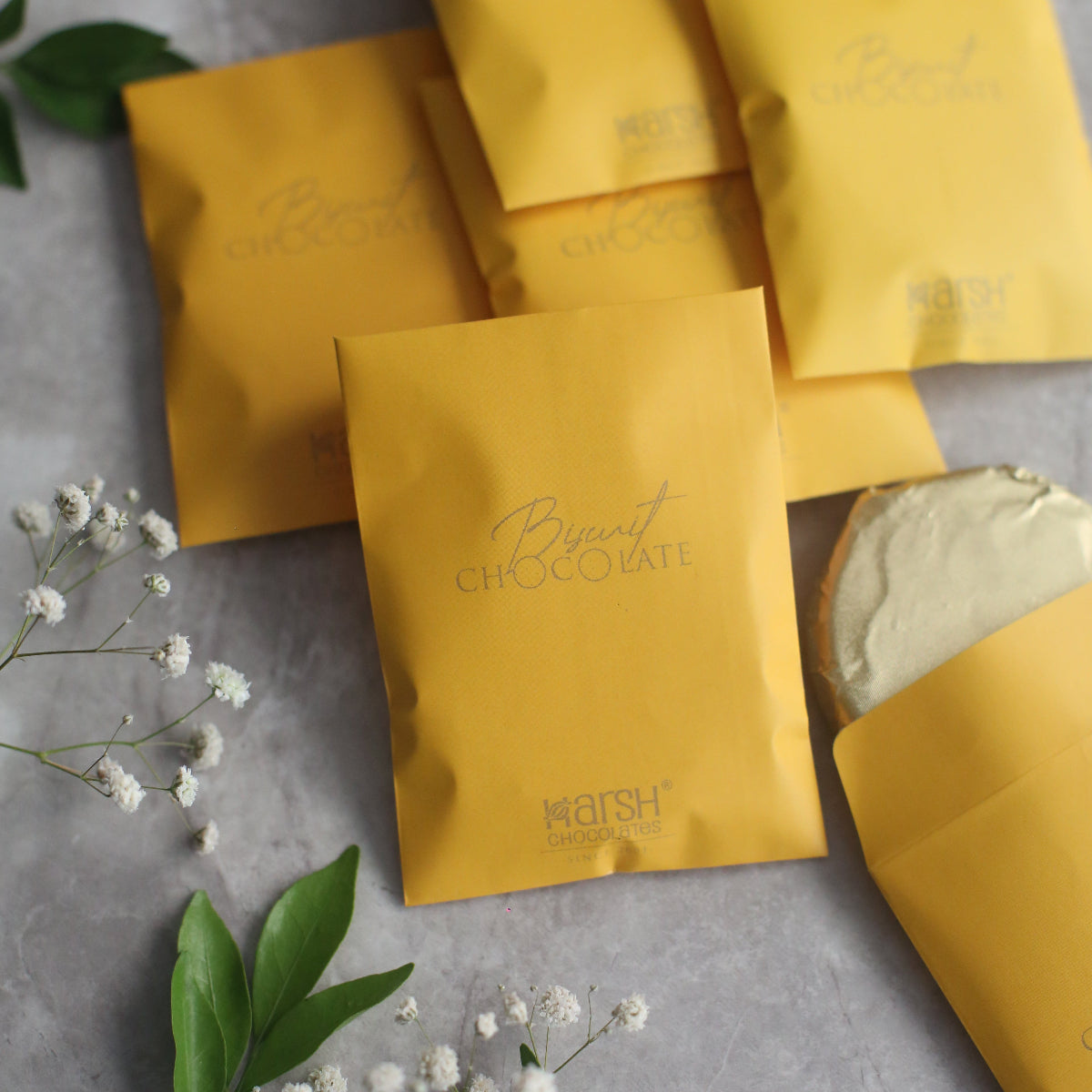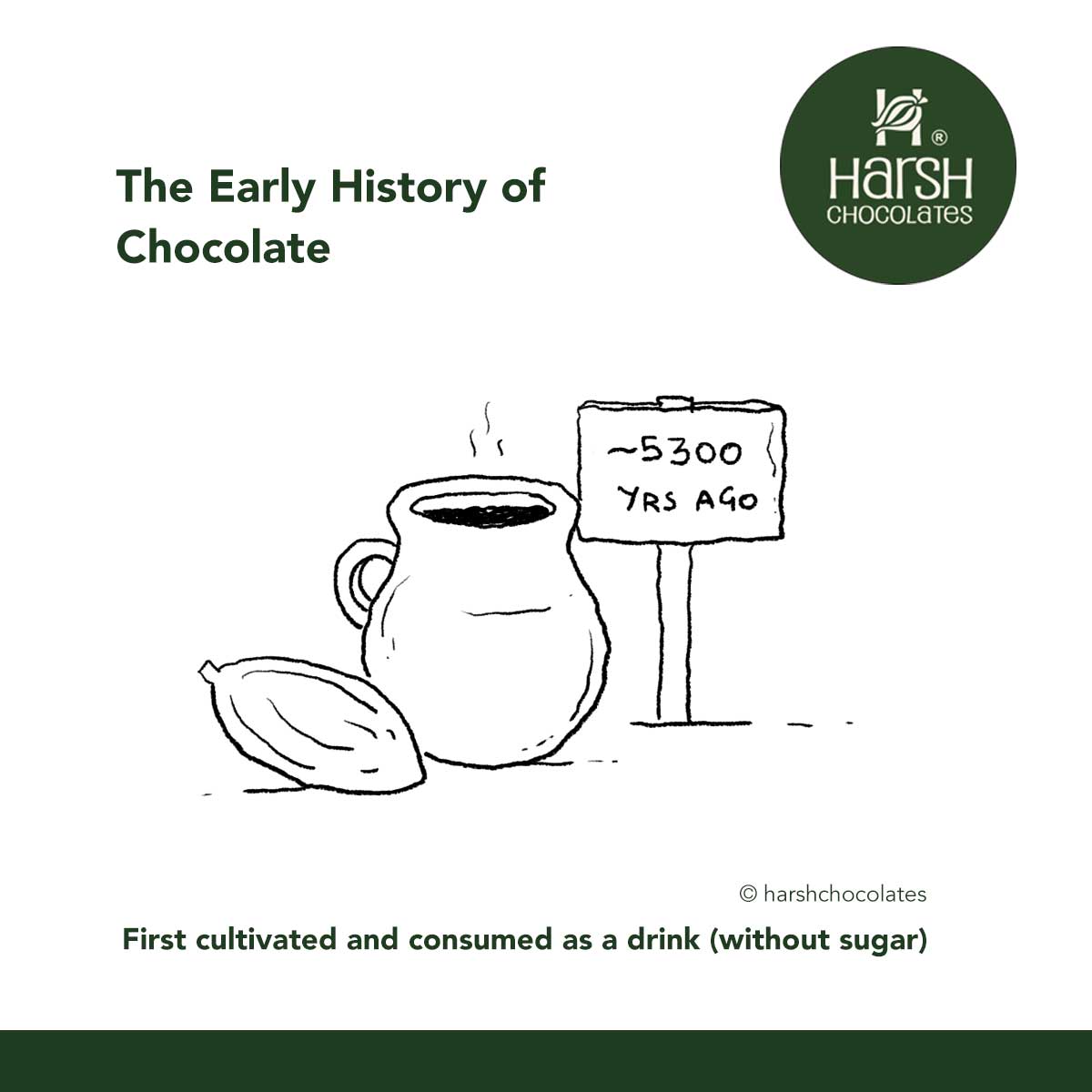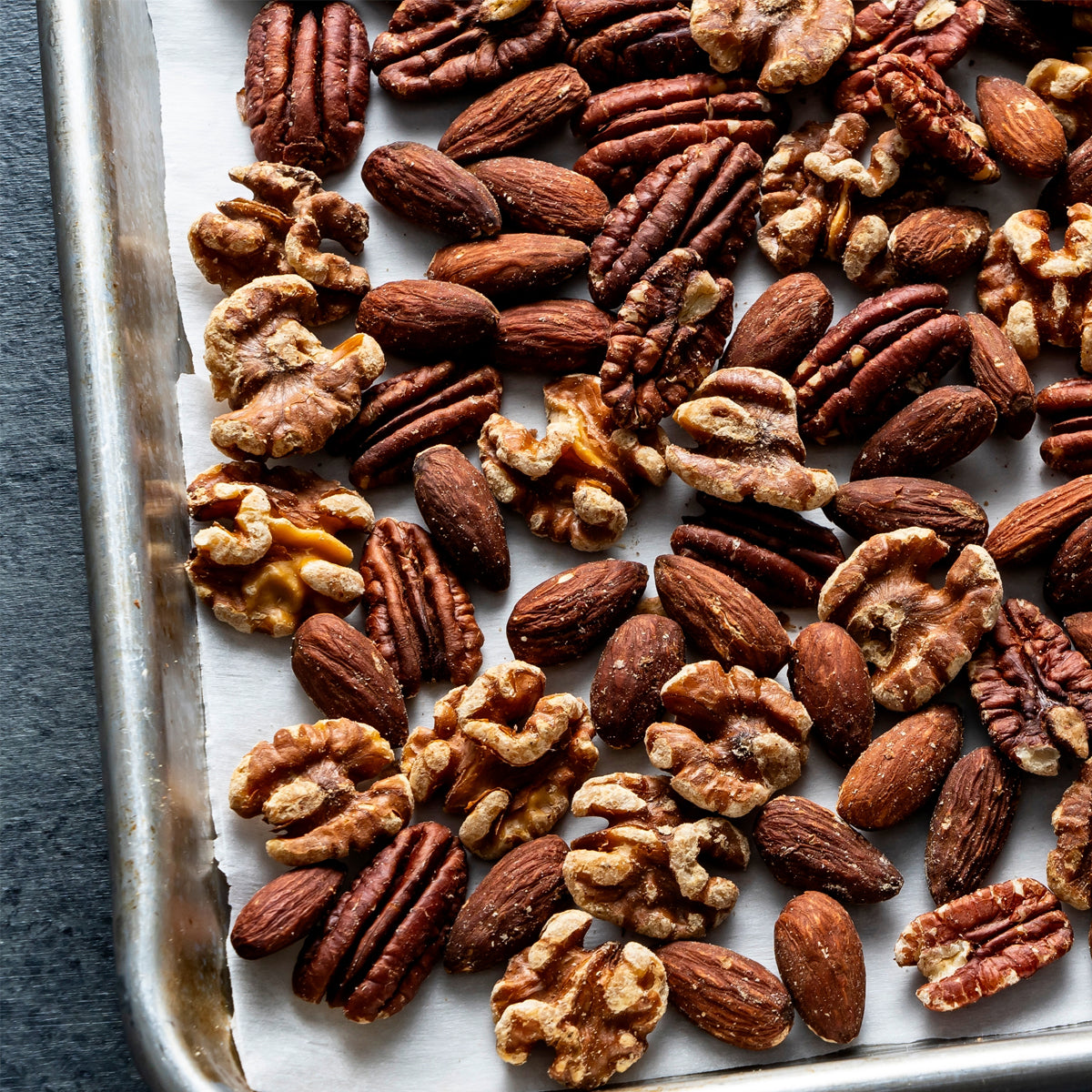Unearthing Ancient Cacao in Ecuador
The breakthrough discovery took place at Santa Ana-La Florida, an ancient village in the highlands of southeastern Ecuador. This site was once home to the Mayo-Chinchipe culture of the Andes, and remarkably, time has done little to erase its traces. Archeologists found substantial evidence of cacao use in the area, including microscopic plant remains, genetic material, and chemical markers unique to domesticated cacao trees.
This is significant because while experts had already accepted that cacao originated in South America rather than Central America, they did not realize it had been cultivated for thousands of years longer than previously believed. The evidence suggests that cacao was continuously used at this site for over 3,000 years, from 5,300 to 2,100 years ago.
How Did Ancient Civilizations Use Cacao?
Unlike today’s sweet, solid chocolate, ancient civilizations primarily drank cacao. Michael Blake, an archeology professor at UBC and one of the lead researchers, explained that the objects where cacao was found suggest it was used in liquid form. This aligns with the traditions of many indigenous Amazonian communities, who still prepare cacao-based ceremonial drinks today.
By the time cacao cultivation reached Central America and Mexico around 4,000 years ago, people were crafting spiced cacao beverages. When Spanish explorers arrived in the late 1400s, they discovered that the local civilizations had been making both hot and cold cacao drinks, often mixed with spices like chili or vanilla.
Cacao’s Journey to the Modern Chocolate Bar
The Spanish began importing cacao to Europe in the 1580s, where it quickly gained popularity. However, it wasn’t until the 1800s, when Dutch innovators developed new processing techniques, that cacao could be transformed into solid chocolate—the form we love today.
Michael Laiskonis, a pastry chef and chocolate expert at the Institute of Culinary Education in New York, notes that there is a growing appreciation for natural cacao flavors. He teaches students about the evolution of chocolate, including historical recipes that blended Mayan and Aztec cacao traditions with European influences.
“Chocolate is something that’s always been transforming,” Laiskonis says. And thanks to these recent findings, we now know its transformation began much earlier than we ever imagined.
Final Thoughts
This discovery reshapes our understanding of chocolate’s history, revealing that cacao has been a cherished part of human culture for over five millennia. Whether in ancient ceremonial drinks or today’s artisanal chocolate bars, cacao has remained an essential part of culinary traditions across the globe.
So the next time you bite into a piece of chocolate, remember—you’re indulging in something with a history far richer than we once believed.
